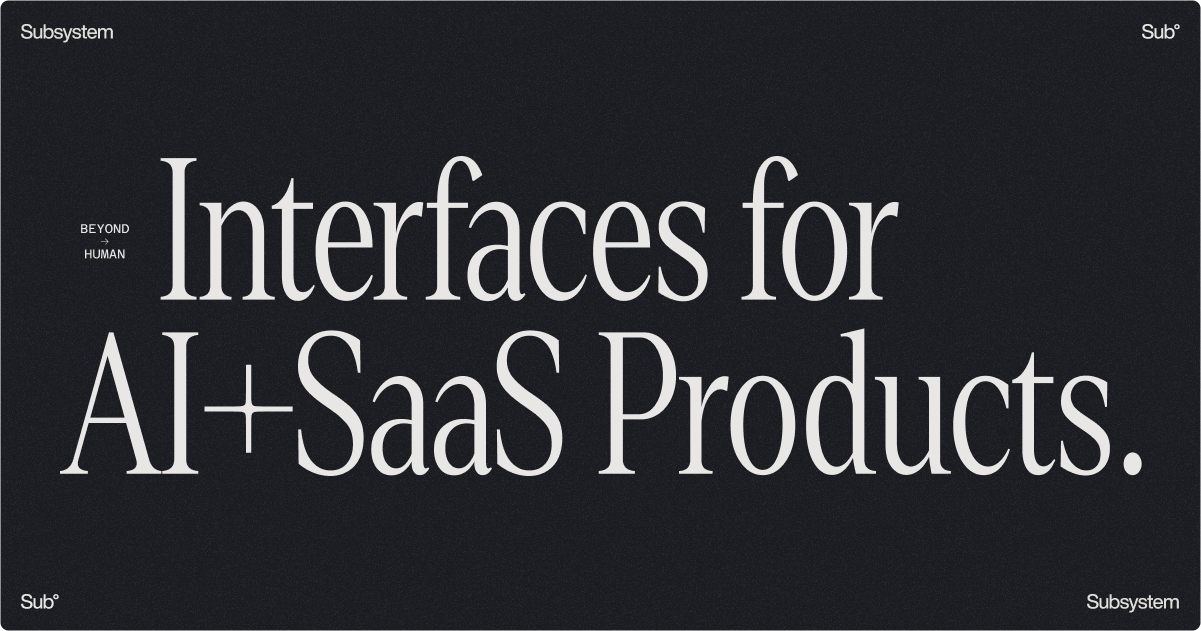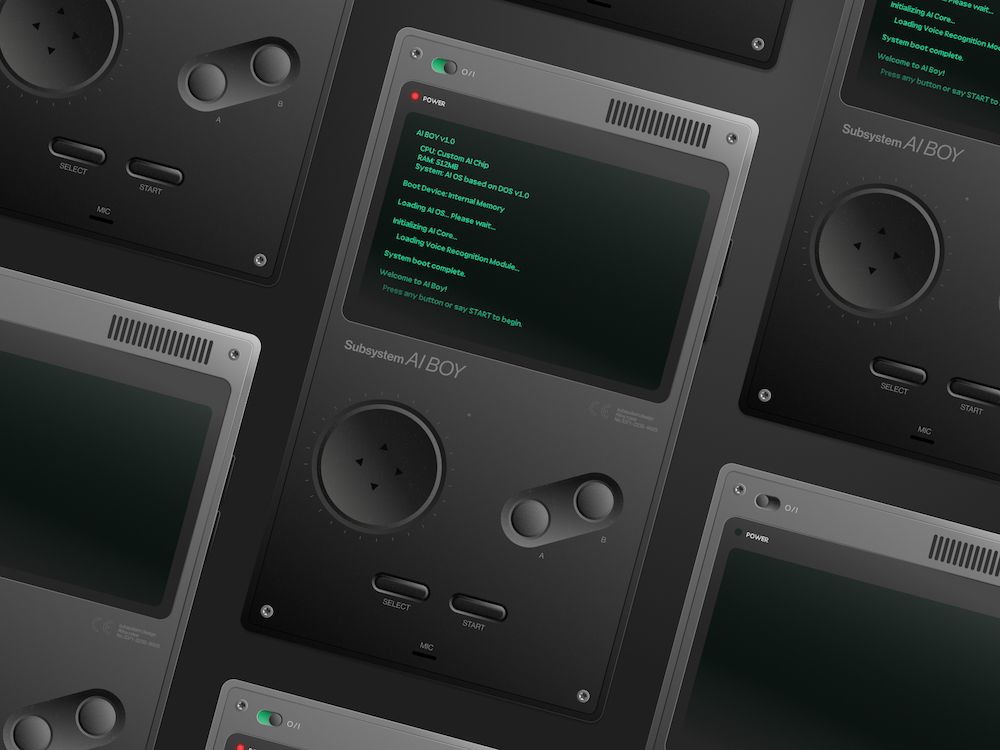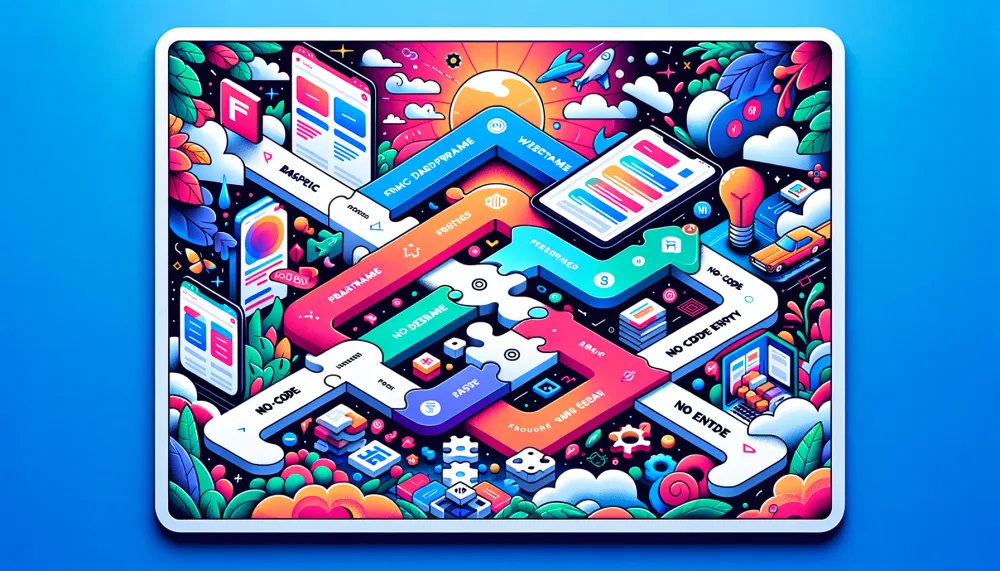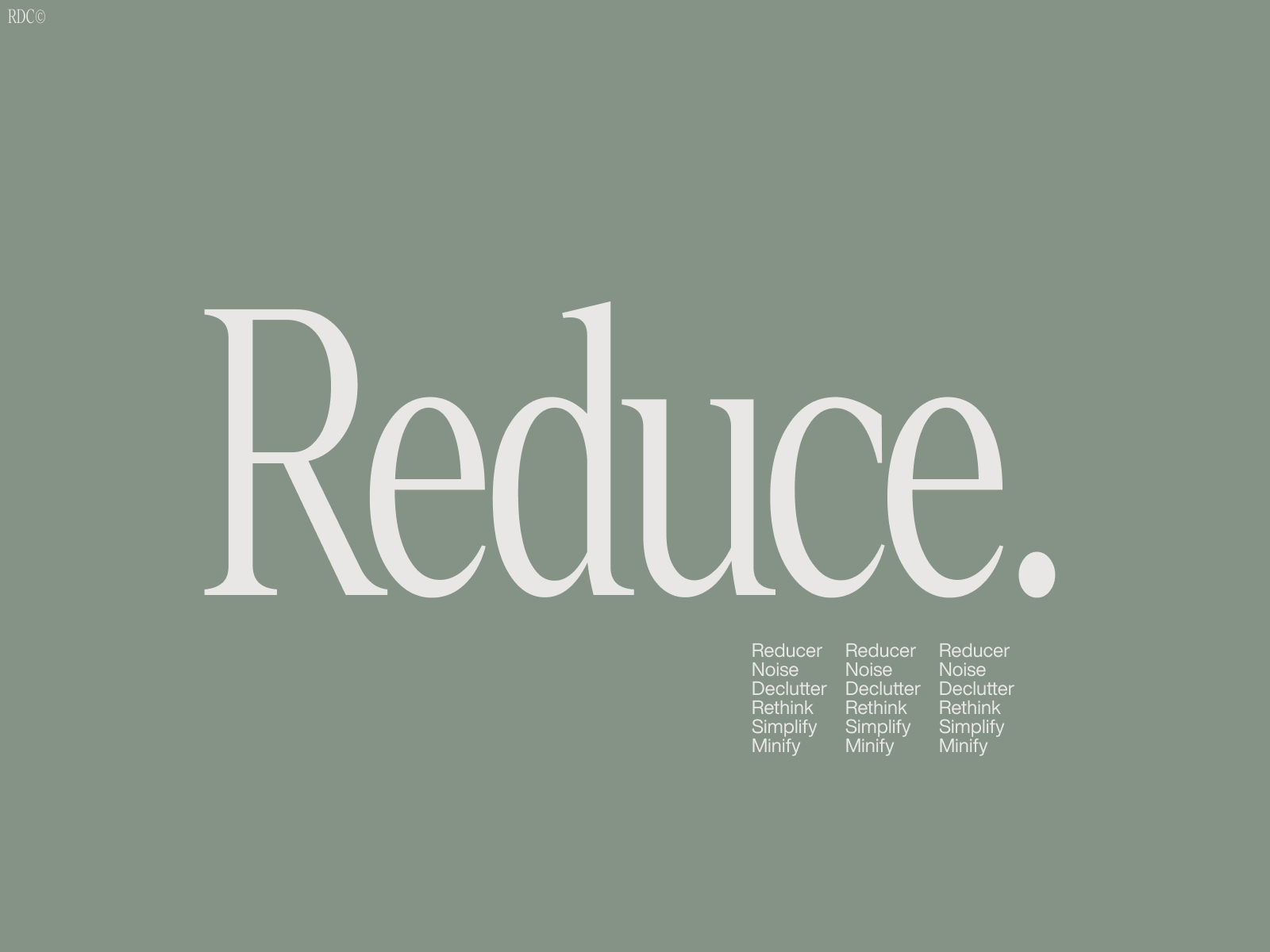The smallest details can make or break your brand. Transitions and animations, when executed with precision and intent, have the power to transform a static interface into a dynamic experience. They breathe life into elements, guide users' attention, and create a seamless flow. But how do these subtle movements and changes elevate the visual appeal of a user interface?
The everlasting and proven principles
The principles of animation, as highlighted by Disney, aren't just for cartoons. They're fundamental truths that resonate with human perception and cognition. When applied to UI design, these principles can make interfaces feel more intuitive, real, and engaging.
- Squash and Stretch: This principle gives elements a sense of weight and flexibility. In UI, it can make buttons and icons feel tactile, encouraging users to interact with them.
- Anticipation: By giving users a hint of what's about to happen, anticipation builds excitement and prepares them for the next action or transition.
- Staging: Directing the user's attention to what's essential ensures they don't miss critical information or actions.
- Timing: The speed of an animation can convey its importance, urgency, or mood. Slow transitions might indicate significance, while quick ones can suggest ease and efficiency.
- Exaggeration: While subtlety is often key in UI design, a bit of exaggeration can emphasize certain elements or actions, making them more memorable.
- Appeal: At the end of the day, your UI should be pleasant and appealing. Animations can add that extra layer of polish that delights users and keeps them engaged.
Transitions and animations are more than just decorative flourishes. They're tools that, when used correctly, can enhance user experience, guide user behavior, and reinforce brand identity.
Those same principles used in Robotics.
How transitions and animations elevate visual appeal
When we talk about user experience (UX), it's not just about functionality and usability. Emotion is a game-changer. It's the secret sauce that can elevate an interface from good to great. Let's explore how transitions and animations play into this.
The emotional impact of UX - Emotion is pivotal in UX. It dictates how users feel and interact with a product. The concept of designing for delight revolves around the idea that emotional engagement is paramount for a stellar user experience. In essence, delight is that warm, fuzzy feeling users get when they interact with a product. It's about creating moments that spark joy and make users feel valued.
The power of delight - Why bother with delight? Well, delightful experiences can significantly influence user behavior. If users enjoy a product, they're more likely to stick around and even become brand ambassadors1. Moreover, in a world brimming with similar products, those that evoke positive emotions stand out, ensuring user loyalty.
Crafting delightful experiences
So, how do we sprinkle some of that delightful magic into our designs? It begins with understanding the user. User research can shed light on their needs, desires, and challenges. Armed with this knowledge, designers can craft solutions that not only address issues but also resonate emotionally.
Micro-interactions are a designer's best friend here. These are the tiny moments within a product, like a quirky animation or a fun notification. When designed right, they can be pockets of joy, enhancing the overall UX.
Visual design is another tool in the arsenal. Elements like color, typography, and motion can be orchestrated to evoke specific emotions. A vibrant color palette might exude energy, while muted tones might offer a calming aura.
Designing for delight isn't just a fancy term; it's a philosophy. It emphasizes the role of emotion in UX and champions the creation of delightful moments. By integrating emotion into design, we can craft products that not only address user needs but also make their hearts sing.
UX transitions magic
Transitions in user interfaces often operate in the background, subtly influencing our experience. They're more felt than noticed at first. But once you become aware of them, it's like a veil being lifted. Suddenly, you can't unsee them, and you begin to appreciate the finesse they bring to the digital dance of user experience. These unsung heroes of UX design might seem trivial, but they play a significant role in guiding users, providing feedback, and enhancing the overall experience. Let's delve into the world of transitions and understand their magic.

Example of subtle transitions in web site design.
Guiding the user's journey - Imagine navigating a website or app without any transitions. It would feel abrupt, like turning the pages of a book without any animations. Transitions act as a guide, leading users from one section or action to another seamlessly. They provide a sense of direction and flow, ensuring that users don't feel lost or overwhelmed.
Providing instant feedback - Feedback is crucial in UX. Users need to know if their action was successful or if there was an error. Transitions play a pivotal role here. For instance, when a user clicks a button, a subtle animation can indicate that the click was registered. This immediate feedback assures users that the system is responsive and their action has been acknowledged.
Enhancing aesthetics and delight - Transitions aren't just functional; they're also aesthetic. A well-designed transition can elevate the visual appeal of an interface. It can add a touch of elegance, playfulness, or sophistication, depending on the design's intent. Moreover, delightful transitions can surprise and engage users, making the interaction memorable.
Crafting effective transitions
Designing transitions isn't about adding flashy animations everywhere. It's about understanding the user's needs and the context. Here are some tips:
- Purposeful: Every transition should have a clear purpose. Whether it's to guide, provide feedback, or delight, it should serve a specific function.
- Subtle: Less is often more. Overwhelming users with too many animations can be distracting. Aim for subtlety and elegance.
- Consistent: Ensure that transitions are consistent across the interface. This consistency provides a cohesive experience and reinforces brand identity.
- Test and Iterate: As with all design elements, it's essential to test transitions with real users. Gather feedback and iterate to refine the animations.
Transitions are a powerful tool in a designer's toolkit. When used judiciously, they can guide, inform, and delight users, elevating the overall UX. As designers, it's our job to harness this power and craft interfaces that resonate emotionally and functionally with users.
Capturing the perfect brand sentiment through design
As it is sometimes with design, there's a subtle element that often goes unnoticed, yet it holds immense power: emotion. It's the silent whisper that nudges our feelings, guiding our perceptions and actions. When approached correctly, it can be the difference between a user merely visiting a website and a user becoming a loyal customer.
The invisible power of emotion in design - At first glance, design elements like colors, typography, and imagery might seem like mere aesthetics. However, delve a little deeper, and you'll discover they're the carriers of emotion, each evoking specific feelings in users. When users emotionally connect with a design, they're not just appreciating its beauty; they're engaging with its essence.
Colors: More than meets the eye - They aren't just visual delights; they're psychological triggers. The serene blue of a tech company's logo isn't just a design choice; it's a strategic move to evoke feelings of trust and calmness. On the other hand, the fiery red of a clearance sale sign isn't just eye-catching; it's a call to action, signaling urgency.
The voice of typography - Ever noticed how some websites feel modern, while others have a classic vibe? Often, it's the typography at play. The choice of typeface can significantly influence a brand's voice. While sans-serif fonts might scream modernity, serif fonts often whisper tradition.
Imagery: Painting emotions - A picture is worth a thousand words, and in design, it's worth a thousand emotions. The serene beaches on a travel website aren't just visual treats; they're emotional invitations, beckoning users to experience relaxation.
Delightful micro-interactions - Those tiny animations that respond to your actions? They're called micro-interactions, and they're the unsung heroes of user experience. A heart that beats when you like a post or a button that bounces playfully isn't just for show; it's a design element that adds joy to the user journey.
Consistency: The golden rule
To truly resonate with users, every design element must sing in harmony. From colors to images, every piece should be consistent, reinforcing the brand's identity and making it memorable.
Capturing the perfect brand sentiment isn't about following design trends; it's about understanding human emotions. It's about crafting experiences that resonate, that evoke the right feelings, and that lead to meaningful user engagement. In the world of design, emotion is the invisible thread that weaves success stories. So, the next time you embark on a design journey, remember to pack some emotions along!
The subtle art of using micro-interactions - Micro-interactions are those tiny, almost invisible animations or design elements that you interact with every day. They might be the "like" animation on a social media post, the pull-to-refresh action on your email app, or even the subtle bounce when you reach the end of a scroll. These small details might seem insignificant, but they play a crucial role in enhancing user experience and making digital interactions feel more human and intuitive.
Why are micro-interactions important?
- Feedback: They provide immediate feedback to the user. For instance, when you save a document, a brief "saved" animation can reassure you that the action was successful.
- Guidance: Micro-interactions can guide users through a process or interaction, like the subtle animations that show you how to swipe on a new app.
- Enhancement: They can make a digital experience more engaging and enjoyable. Think of the delightful animation when you achieve a milestone in a fitness app.
- Branding: Unique micro-interactions can reinforce brand identity and make an app or website stand out from the competition.
Designing effective micro-interactions
- Keep it simple: The best micro-interactions are subtle and don't overshadow the main content.
- Be consistent: Ensure that similar actions have similar micro-interactions across the platform.
- Prioritize function over form: While it's tempting to design flashy animations, it's essential that the micro-interaction serves a purpose and enhances usability.
- Test and iterate: As with all design elements, it's crucial to test micro-interactions with real users and iterate based on feedback.
Micro-interactions are the unsung heroes of UX design. They might be easy to overlook, but they play a pivotal role in making digital interfaces feel intuitive, engaging, and human. As a designer, paying attention to these details can elevate your designs from good to great.
We'll delve deeper into how brands can leverage these subtle design elements to resonate with their audience and create memorable digital experiences.
The future of emotional design
The human need to connect emotionally is one thing that will remain a constant. As technology advances, so does our understanding of how users interact with digital interfaces.
The future of emotional design is not just about creating aesthetically pleasing interfaces but about understanding and catering to the emotional needs of users.
Emerging trends in emotional design
- Personalized Experiences: With the rise of AI and machine learning, platforms can now offer tailored experiences based on individual user emotions and preferences. Imagine a music app that senses your mood and curates a playlist to match it.
- Voice and Tone Recognition: Future interfaces might be able to detect a user's emotional state based on voice or typing patterns, adjusting responses accordingly.
- Augmented Reality (AR) and Virtual Reality (VR): These technologies offer immersive experiences, and emotional design will play a pivotal role in making these experiences resonate with users.
- Biometric Feedback: Devices that can read and interpret biometric data, like heart rate or skin temperature, might adjust interfaces based on the user's emotional state.
Staying ahead of the curve
- Continuous Learning: The design world is fast-paced. To stay relevant, designers must be committed to continuous learning and be open to new methodologies and tools.
- User-Centric Approach: Always prioritize the user. Regular feedback loops, user testing, and empathy mapping can provide invaluable insights.
- Collaboration: Emotional design is not a solo endeavor. Collaborate with psychologists, neuroscientists, and other experts to gain deeper insights into human emotions.
- Ethical Considerations: As we tread into the realm of emotional design, it's crucial to consider the ethical implications. Always respect user privacy and ensure that emotional data is used responsibly.
The future is bright. As designers, our role is not just to create visually appealing interfaces but to craft experiences that resonate on a deeply emotional level.
By staying informed, being empathetic, and collaborating across disciplines, we can pave the way for a future where technology truly understands and caters to human emotions.
Emotions from pixels
It's the subtle nuances that often leave the most significant impact. From the barely noticeable transitions that guide our journey to the micro-interactions that make our digital experiences feel alive, every design choice is a step towards evoking emotion.
Design isn't just about aesthetics; it's about resonating with the user on an emotional level. Whether it's the color that sets the mood, the typography that speaks volumes, or the tiny animations that bring joy, every element plays a part in the grand symphony of user experience.
The future of design is exciting, with emerging technologies promising even more personalized and emotion-driven experiences. But at its core, the essence remains the same: understanding and catering to human emotions. As designers, our canvas might be digital, but our inspiration is profoundly human.




